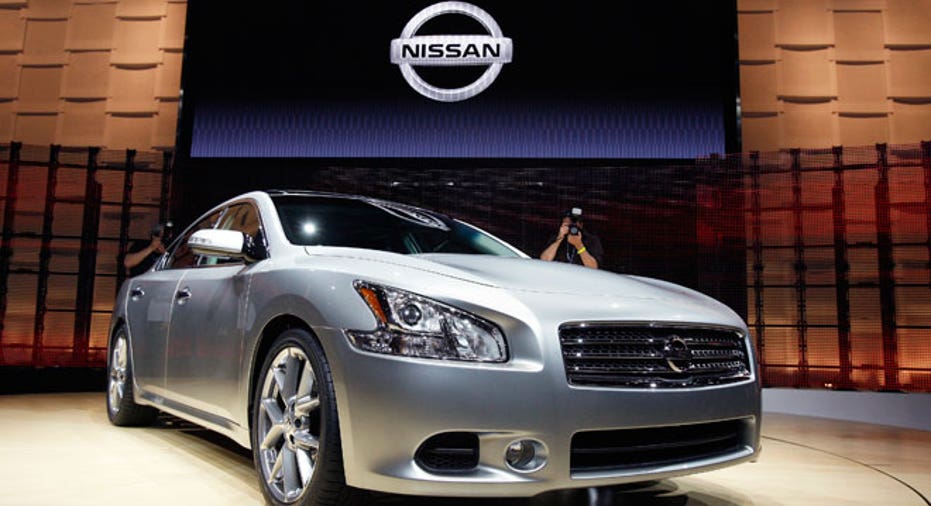Nissan Could Sacrifice Market Share Goal To Boost Profitability

Nissan Motor Co could sacrifice its global market share goal to reach its mid-term profitability target after slower-than-expected sales in its biggest markets left its profit margin the tightest among Japanese car makers.
Nissan's six-year plan ending 2017, in which it aims to boost its market share to 8 percent from 6 percent, has been shaken by a Sino-Japanese diplomatic dispute knocking sales in China, and manufacturing difficulties hitting U.S. product launches.
Japan's second-largest carmaker by global sales volume after Toyota Motor Corp (NYSE:TM) also aims for operating profit equivalent to 8 percent of revenue by March 2017 through scaling back buying incentives in the United States and cutting costs with alliance partner Renault SA <RENA.PA>.
Nissan, on reporting an 18.4 percent rise in April-December net profit on Monday, said its nine-month operating margin was 4.1 percent, down from 4.5 percent a year earlier. That compared with 6.6 percent at Honda Motor Co <7267.T> and 9.7 percent at Toyota.
"If we can meet our 8 percent profitability target, then it is fine if the share is a little lower and the company is moving to emphasize profitability," Corporate Vice President Joji Tagawa told reporters after Nissan released earnings.
Nissan reported nine-month net profit of 274.1 billion yen ($2.68 billion). For October-December, profit rose 56.8 percent to 84.3 billion yen compared with a 57.1 billion yen mean estimate of seven analysts in a Thomson Reuters I/B/E/S poll.
The quarterly net profit growth was the steepest in almost two years as a weaker yen allowed Nissan to convert money made overseas at a more favorable exchange rate, and as sales improved in China where some consumers boycotted Japanese goods following a territorial row in September 2012.
Shares of Nissan ended Monday 0.1 percent higher before the earnings release compared with a 1.8 percent rise in the benchmark index <.N225>.
U.S. INCENTIVES
The maker of Infiniti and Datsun brands left its profit outlook for the full year ending March at 355 billion yen, or 4.1 percent more than the year prior, compared with analysts' 364.2 billion yen estimate.
Nissan cut the outlook three months ago by nearly 20 percent, citing heavy investment in new plants and product recall-related costs.
"We expect to see a significant improvement in our financial performance in the last three months of our fiscal year," Tagawa said, adding that he expects steady sales in Japan, China and the United States.
Nissan offers more incentives to buy its cars in the United States than its Japanese and South Korean rivals, squeezing profit margins.
In October-December, Nissan's incentives knocked an average $2,562 from each vehicle's retail price compared with $1,952 for Toyota, $1,799 for Honda and $1,759 for Hyundai Motor Co <005380.KS> and affiliate Kia Motors Corp <000270.KS>, according to industry researcher Autodata.
In January, Nissan's U.S. sales rose 12 percent on year to 90,470 vehicles, helped by strong sales of the redesigned Rogue crossover sport utility vehicle.
Based on accounting standards in place when setting mid-term targets, Nissan on Monday said April-December operating profit margin would have been 4.7 percent, and that it would assess the targets on the basis of the previous standards.